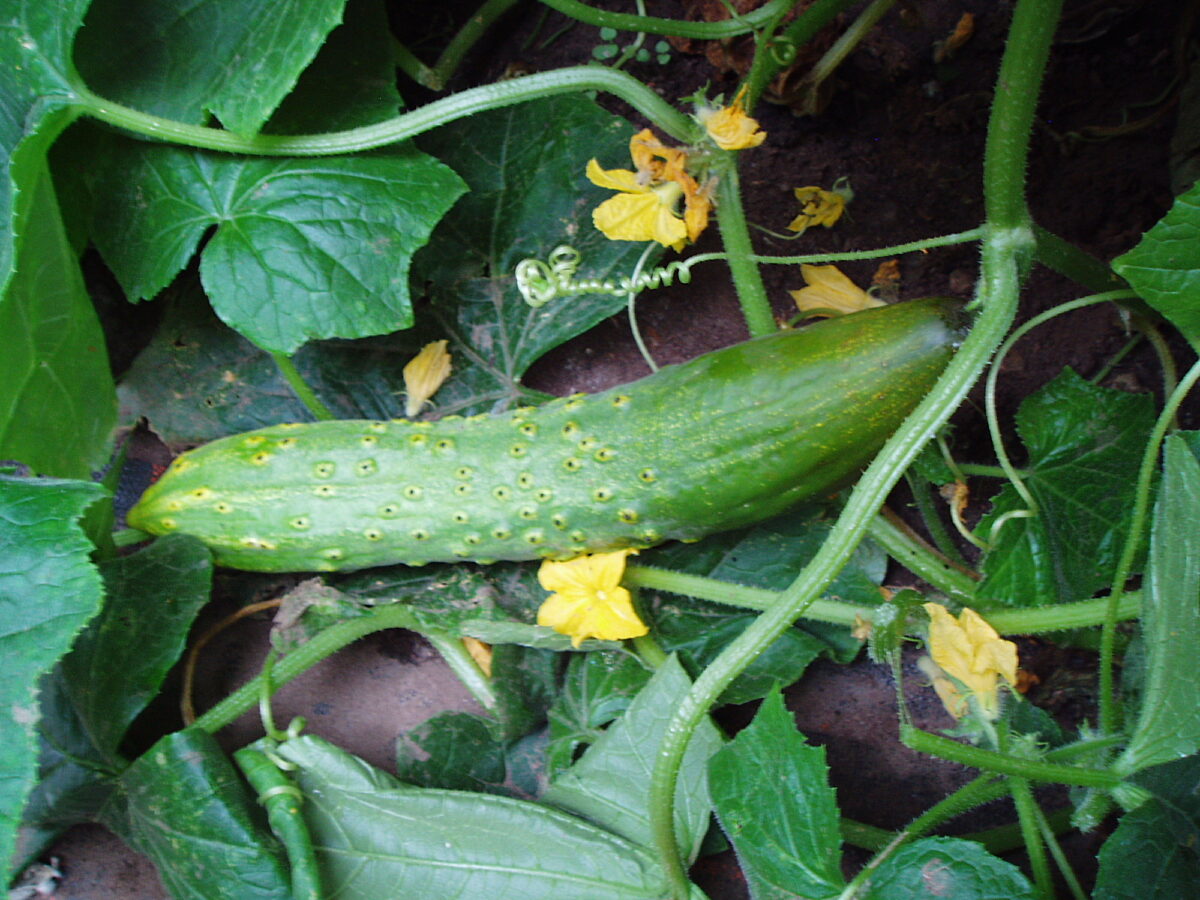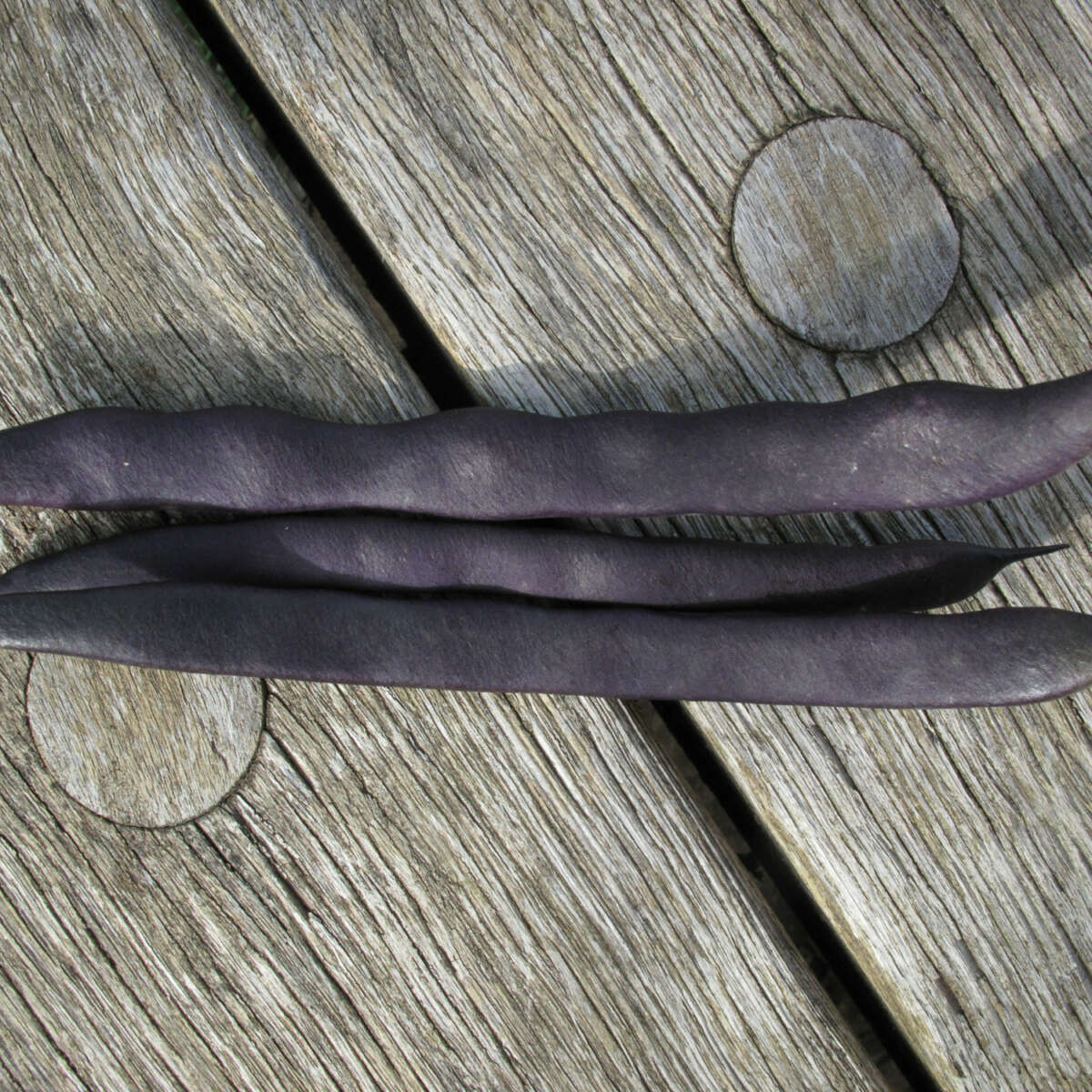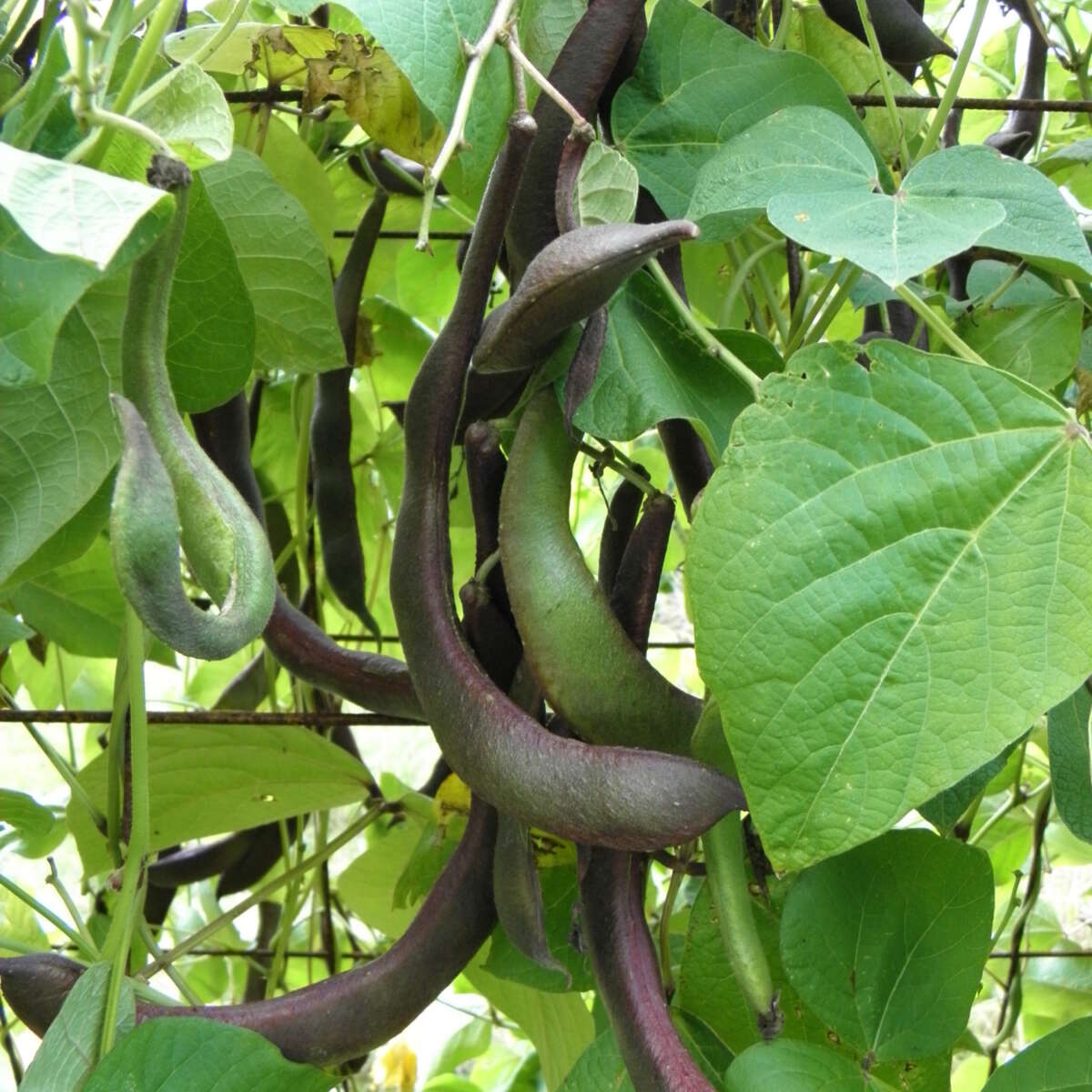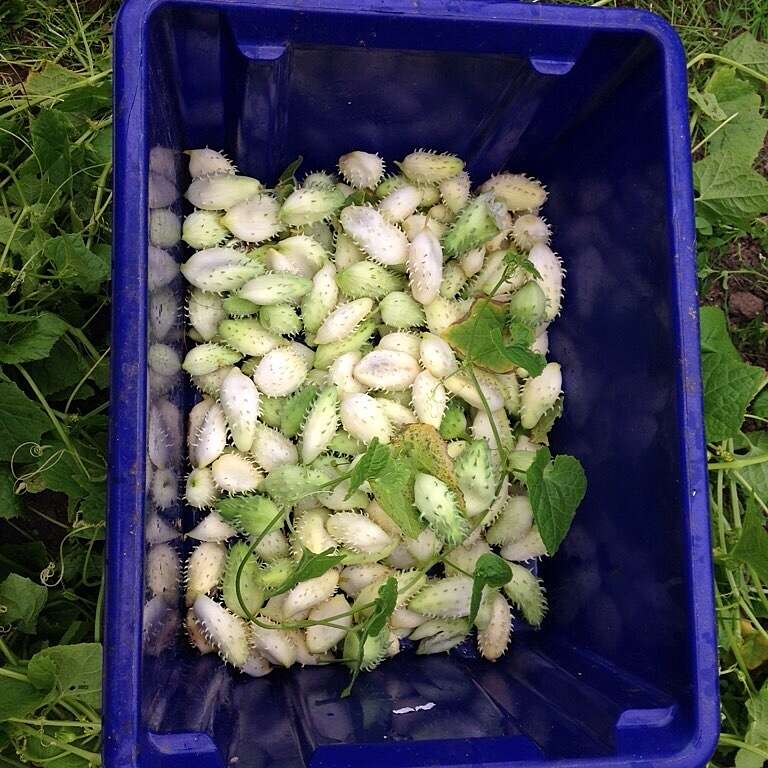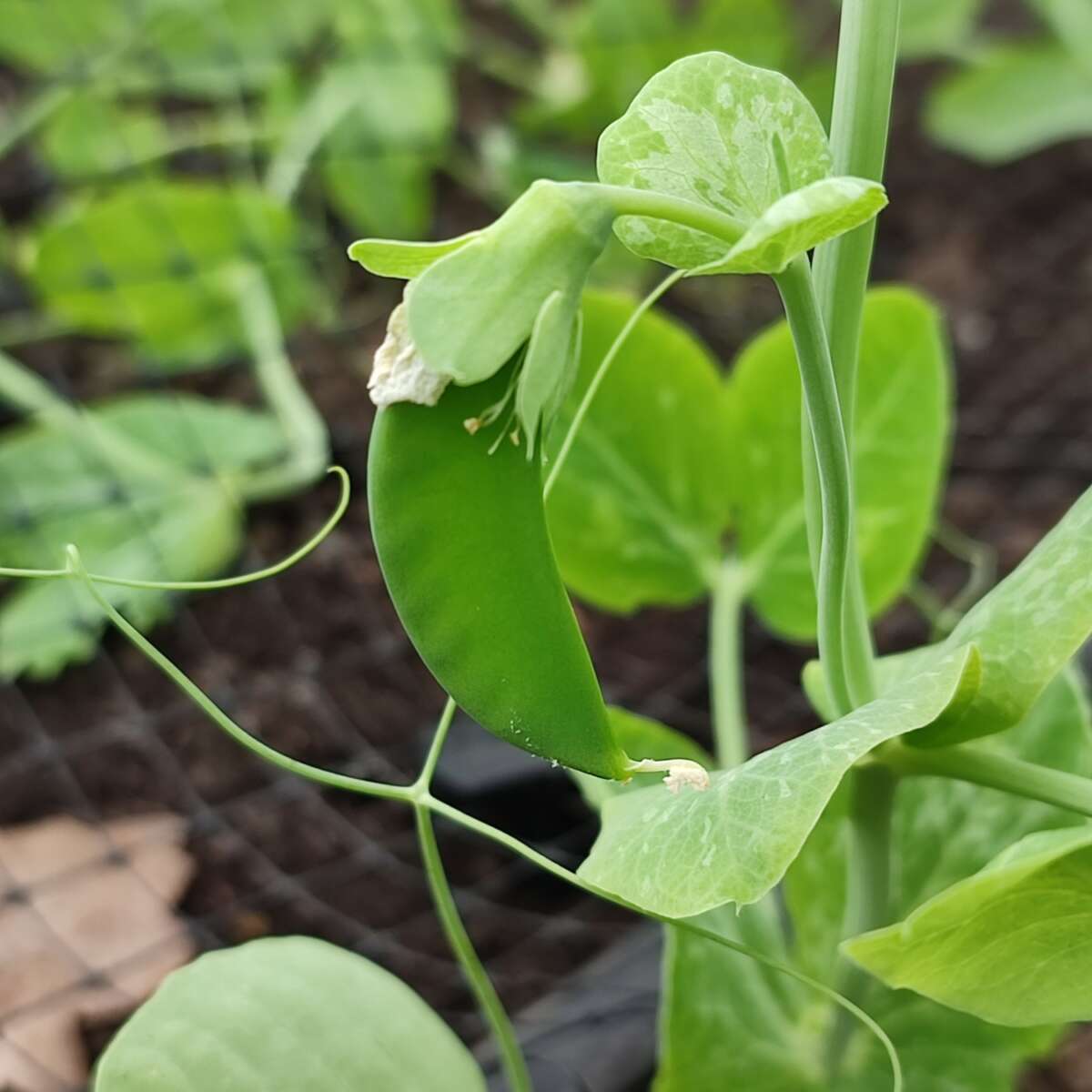Garden Organic on Gardeners' World!

Our beautiful organic demonstration garden and Heritage Seed Library were featured as part of BBC Two's Gardeners’ World.
If you missed it please watch again via BBC iPlayer here and look for Episode 11 to hear us spreading the important messages of organic gardening and seed conservation.
Monty Don described our work as "heroic" in his wrap-up of the segment.
"The work of the Heritage Seed Library over the years has been heroic and really important in conserving varieties and rare seeds that otherwise would have long disappeared," he said. "And growing them at home, nurturing them, enjoying them - that’s the way they have been kept alive. So three cheers for their work!"
Join today and grow the seeds mentioned in the show!
Filming for this week’s show took place at the end of April in our organic demonstration garden at Ryton, near Coventry – and shows our Head of the Heritage Seed Library, Catrina Fenton, chat to presenter and long-term Garden Organic member Sue Kent about the work of our living library.
Catrina explains how the Heritage Seed Library (HSL) protects and preserves valuable heritage vegetable varieties to help future-proof plant biodiversity.
Sue pays a visit to our seed library, polytunnels, and greenhouses to learn more about old ex-commercial varieties and heirlooms, and gets a sneak peek at the varieties we’re growing this year such as ‘Asparagus Lettuce’.

Taking a slice of heritage home to Wales
Presenter Sue has been gardening in Wales for more than 30 years and was keen to take a local seed variety back home to grow on the Swansea coast.
Catrina recommended a packet of ‘Chapman's Purple’ runner bean, an heirloom donated to us by the Chapman family in Wales.
She’ll also be trialling ‘Achocha Fat Baby’, a vine fruit that looks a bit like a cucumber with plump, yellow-green fruits covered with soft spines and cucumber ‘King of the Ridge’, which dates back to the 1930s and has been described as 'an ugly brute' despite its very sweet crisp flesh!
Support HSL today and grow the seeds featured in the show!
Our Heritage Seed Library maintains the national collection of heritage vegetables, conserving more than 800 varieties that are not widely available. We share seed with our members to grow and enjoy and they in turn help to keep our heritage varieties alive and increase plant biodiversity for the future.
You can support this important work by becoming a member of Garden Organic and the Heritage Seed Library – and if you join before 23rd June, you’ll receive one lucky dip packet of one of the seed varieties featured in Gardeners’ World to grow at home! Simply click here or call us on 024 7630 3517. This is a limited-time offer while stocks last.
Watch Episode 11 again via BBC iPlayer here.
The heritage seed varieties mentioned during Gardeners’ World
- Achocha ‘Fat Baby’: This variety of achocha has been known in the Caribbean since the 1930s. It produces an abundance of plump, yellow-green fruits covered with soft spines. Best picked when young and tender if using fresh, when the mild cucumber flavour can be appreciated. When a little more mature they can be fried or stuffed and braised.
- Runner bean ‘Chapman’s Purple’: HSL donor, Mrs Chapman, from Wales, was given seeds of this variety by a friend in Dorset. She knows very little about the bean’s history, however, they produce purple pods, which darken the longer they are left on the plant. Mrs Chapman says that the pods have a meaty texture and a slightly different flavour to traditional green varieties.
- Cucumber ‘King of the Ridge’: Thought to date back to 1930s, this outdoor variety was originally supplied by Unwins seeds, but has been unavailable since 1993-4. A rampant grower, the fruit has been described as “an ugly brute”, however, the flesh is crisp and very sweet, even when large (up to 1kg in weight). “Shop-bought cucumbers taste of only water after trying this one,” reported one of the HSL Seed Guardians!
- French bean ‘Kew Blue’: Originally from the Royal Botanic Gardens, Kew, this variety has been handed down for at least three generations in the donor's family. The purple-pink flowers are complemented by purple-tinged leaves and stems and followed by flat purple pods. A healthy and vigorous vine producing a prolific crop of tender pods. Perfect for eating fresh or freezing, and when dried the beans have a rich, nutty flavour.
- Dwarf French bean ‘Navy Bean Edmund’: This variety came to the HSL from RHS Harlow Carr. Navy beans were first cultivated to sustain Australian forces during WWII and are the type used as 'baked beans'. The compact (around 20cm), branching plants have white flowers and short green pods with small round beans. The pods are held free of the ground, reducing slug or rotting problems. Principally a drying bean but can be eaten as a green bean too.
- Cucumber ‘Perfection’: A long fruited ridge variety once grown extensively for the seaside salad trade. Vigorous, hardy and productive, the straight, almost spineless fruits grow to around 20-30cm (8-12 inches) and have an excellent flavour. Suttons 1977 catalogue states: “it will crop well into the autumn provided that the fruits are cut before they get too old".
- Lettuce ‘Asparagus’: Originating in China and cultivated for its stem rather than its leaves. First described by Vilmorin-Andrieux (1885) when introduced to Europe, probably by missionary botanists working in China. The stem is excellent raw, like celery.
